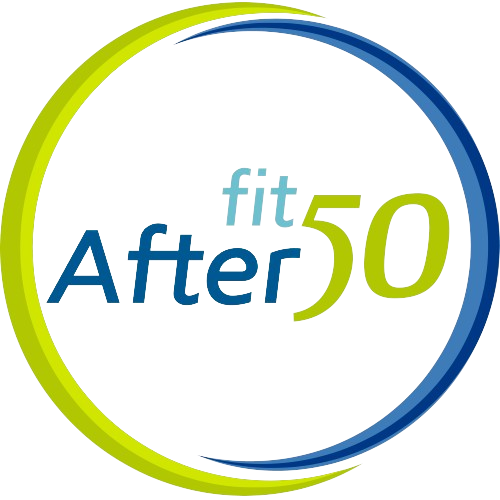Of the current population, 17% are older than 65 years of age (retired) and 28% are between 45 and 64 years (approaching retirement). 1 Fifty-four percent of the population is currently overweight or obese and 16% of the population are reportedly living with at least two chronic diseases.1,2
So, what does this mean?
It means two things: (1) management of chronic disease has been our immediate concern for health care and (2) prevention of chronic disease and improved senior care needs to be top priority for health care. With the elderly population growing and a smaller working age cohort, greater stress is placed on the health care system, as well as the pension system and economy. Unfortunately, our health care system did not plan for chronic disease and the challenges of the aging population. 3
The simple solution? Get Canadians physically active!
There is continuing literature to support the positive benefits of regular exercise that goes beyond just weight loss and physical fitness. Exercise, especially as you increase the intensity, reduces the risk of, and/or helps to manage, multiple chronic diseases including, but not limited to, cardiovascular disease, diabetes, hypertension and Alzheimer’s disease. 4 Exercise also reduces all-cause mortality, and has even shown to reduce depressive symptoms and risk of certain cancers. 4
Read: Science Revels the Most Powerful Medication
Being able to implement this one lifestyle change can positively impact quality of life. From physical fitness and improved health, to reducing stress and improving mood. 3 However, Canadians are not meeting the guidelines and spend most of their day sedentary. 5
It is recommended that Canadians get 30 minutes or more of moderate to vigorous exercise most days or at least a total of 150 minutes per week to see health benefits. 6,7 It is also important for Canadians to incorporate strength exercise, in addition to cardiovascular activity, to stimulate muscle growth and improve bone health. 6 The greater the intensity the greater the benefits. But how do you get started?
Registered Kinesiologists are movement and exercise specialists, trained to utilize scientific evidence and clinical experience to develop and implement an intervention aimed at modifying behaviour to increase and improve physical activity. Kinesiologists provide services in exercise prescription for prevention and rehabilitation of injuries; improvement and maintenance of physical fitness; and wellness or recreational programming. Kinesiologists also find themselves in health promotion, research, ergonomics, return to work management and public health.
Within the province of Ontario, Kinesiology was regulated under the Regulated Health Professionals Act, 1991. Through the Kinesiology Act, 2007 the scope of practice for Kinesiologists in Ontario has been defined as:
The assessment of human movement and performance and its rehabilitation and management to maintain, rehabilitate or enhance movement and performance.
The broad scope of practice allows Kinesiologists to work with a variety of populations and provide more complete and effective care by conducting in-depth assessments and developing individually tailored and translated exercise planning. They are trained not just in exercise prescription but behaviour change.
Practitioners in the Kinesiology industry are growing in various settings including hospitals, rehabilitation and wellness clinics, long-term care facilities, private practices, health and fitness clubs, community care, and insurance and consultancy firms. Through their expertise in movement and exercise, Kinesiologists involved in multidisciplinary settings will complement already established healthcare professions and practices to promote and establish a healthier Canadian society.
Read: Why Us?
Kinesiologists are here to treat people through exercise and behaviour/lifestyle changes. Development of behaviour change towards improved and increased physical activity, with the help of Kinesiologists, will help reduce the costs placed on the health care system from chronic disease and prevent the loss of independence due to decreased mobility and health of the aging population.
To find a Registered Kinesiologist or learn more about the profession visit the College of Kinesiologists of Ontario website: www.coko.ca
Amanda Sussman, B. Kin (Honours) & Masters of Professional Kinesiology Candidate
amanda@fitafter50.ca
www.fitafter50.ca
